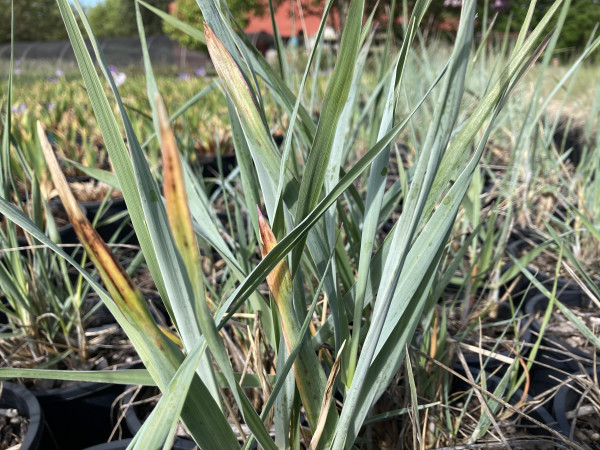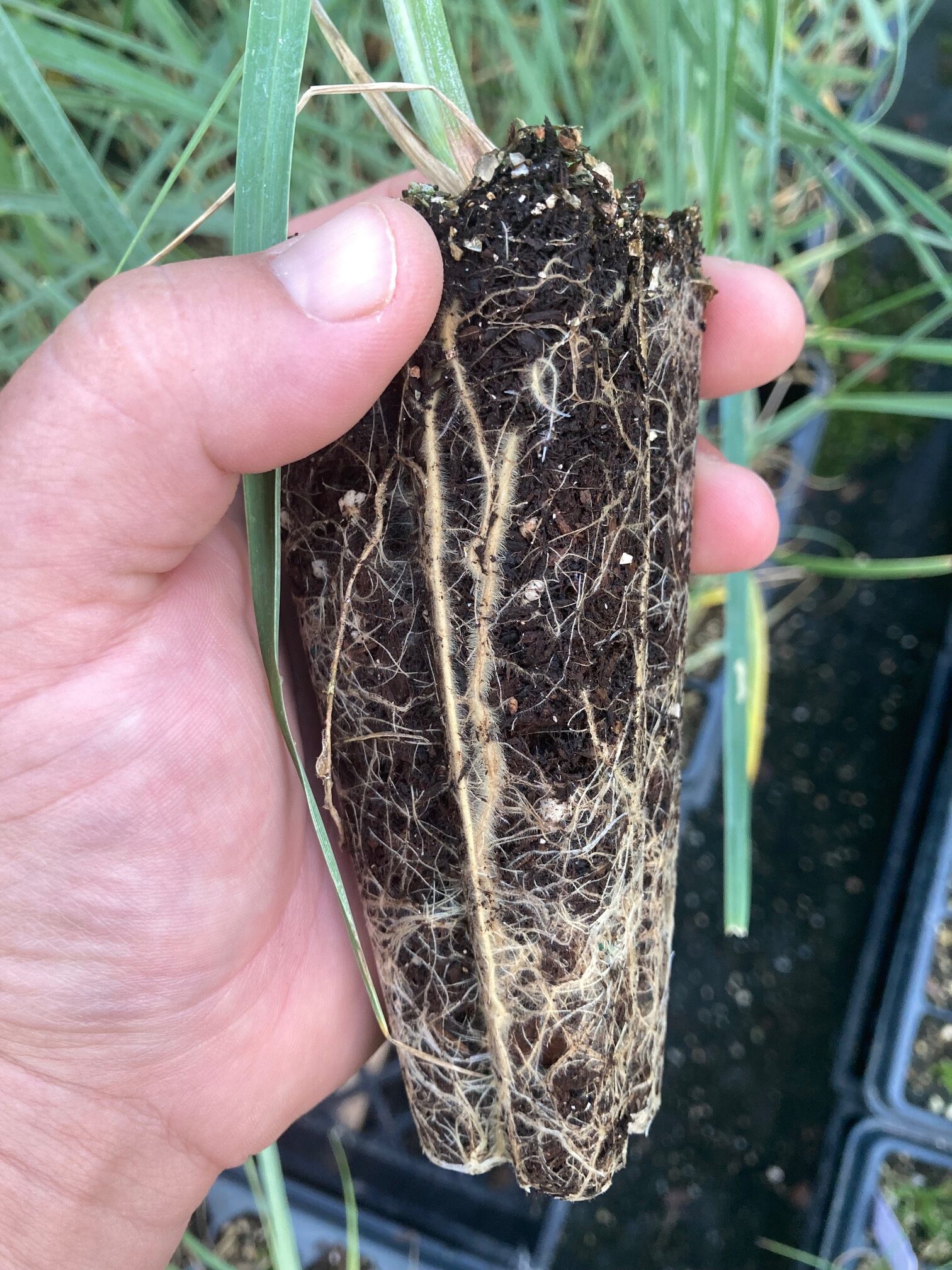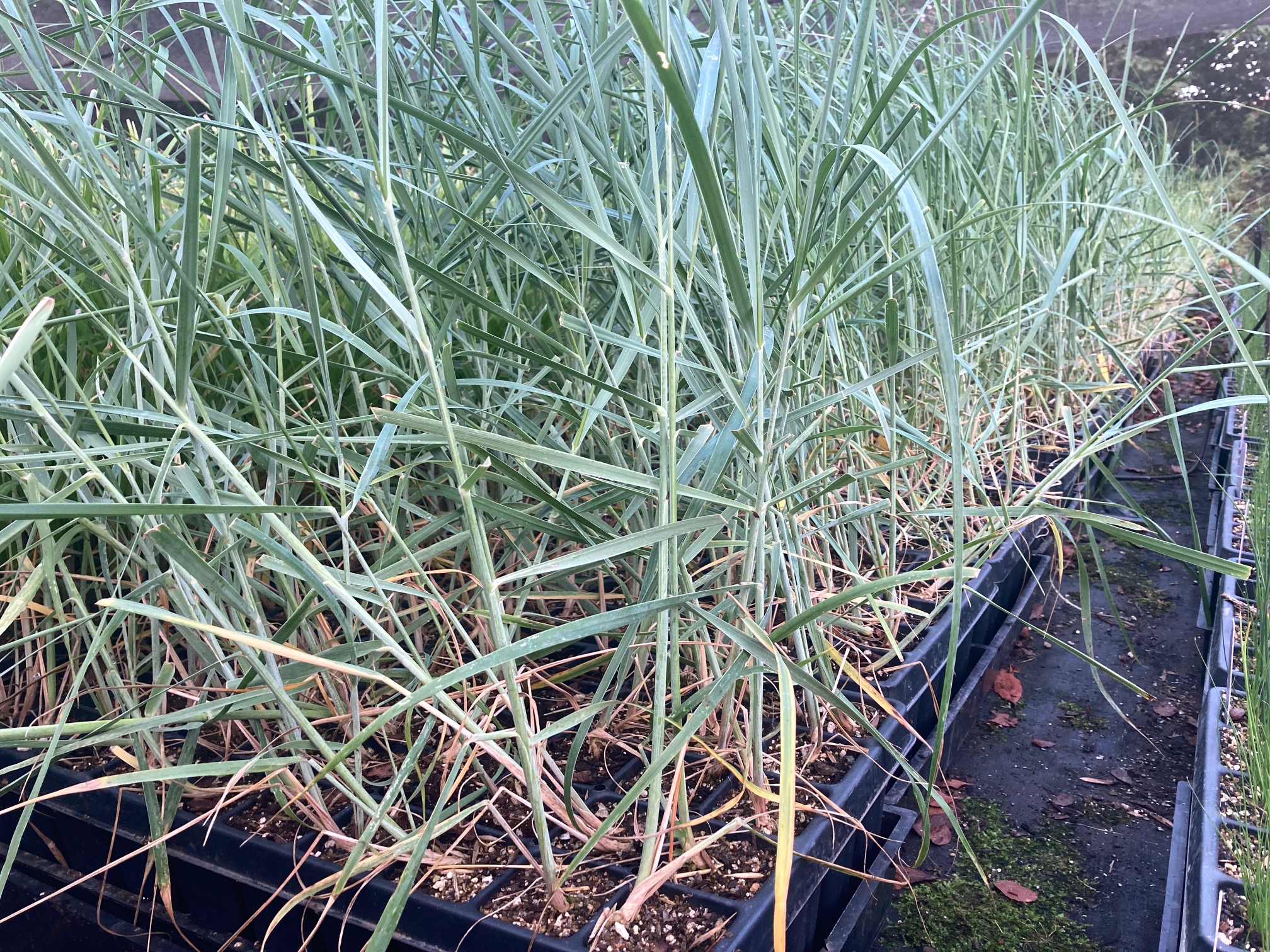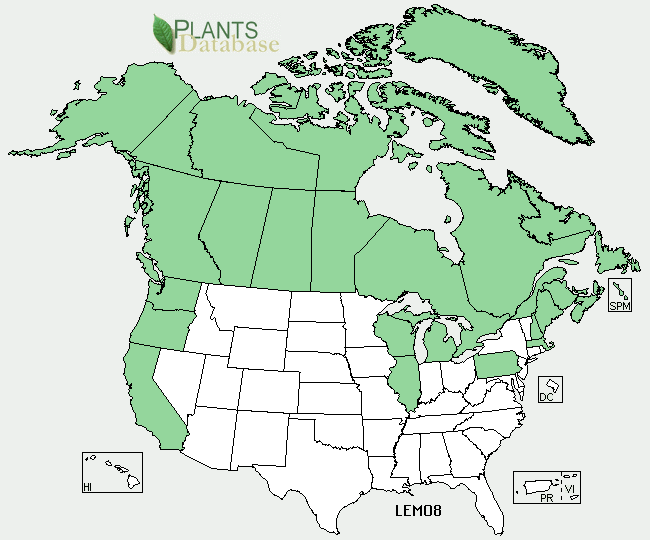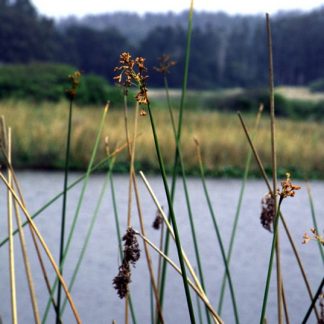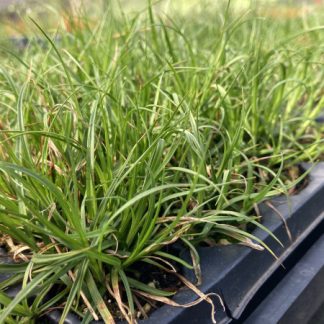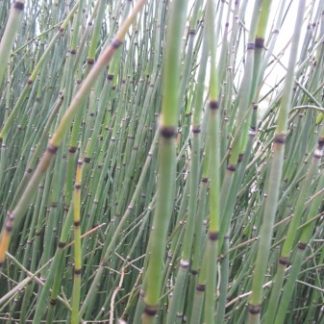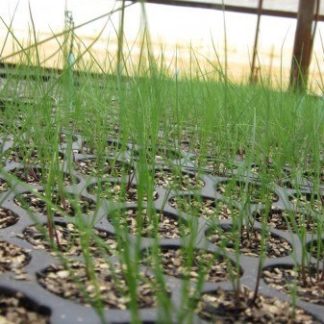Leymus mollis
American dune grass
Habit: Leymus mollis is a fast-growing and long-lived perennial grass. It has beautiful bluish-green foliage and thick rhizomes, which form webbed underground mats. Upright shoots typically reach 4 feet tall and bear tough leaves. Blades are covered in fine hairs above and are smooth underneath; margins are flat or in-rolled. In late spring, when in bloom, the plant puts out stout spikelets dressed with tiny brown florets.
Ecology: inhabits sandy coastal areas in the higher latitudes of North America and Asia. It is locally found in sand dunes along the Pacific Coast from Alaska to California.
Growing conditions: favors sunny locations and sandy soils. It is a very resilient plant, able to tolerate salty-sprays and sand-slides. Its underground system of rhizomes has adapted to function as an anchor in shifting, unstable grounds, making it a valuable species for erosion control.
Native Americans, including the Makah and the Quillayute which inhabited the Pacific Northwest, used the thick roots of this species as a sponge to wash their bodies. The tough leaves of the plant were also used to weave mats, baskets, ropes and other utility items. Leymus is a genus of approximately 50 species, half of those occurring in the Pacific Northwest.
Unfortunately for years, the west coast of North America has undergone restoration efforts using the wrong species, Ammophila arenaria, European beach grass. There are now efforts to have it removed and replaced with Leymus mollis.
Specs
Perennial grass
3-6 feet (0.9-1.8 m)
1.5-3 feet (0.5-1 m)
7 to 10

